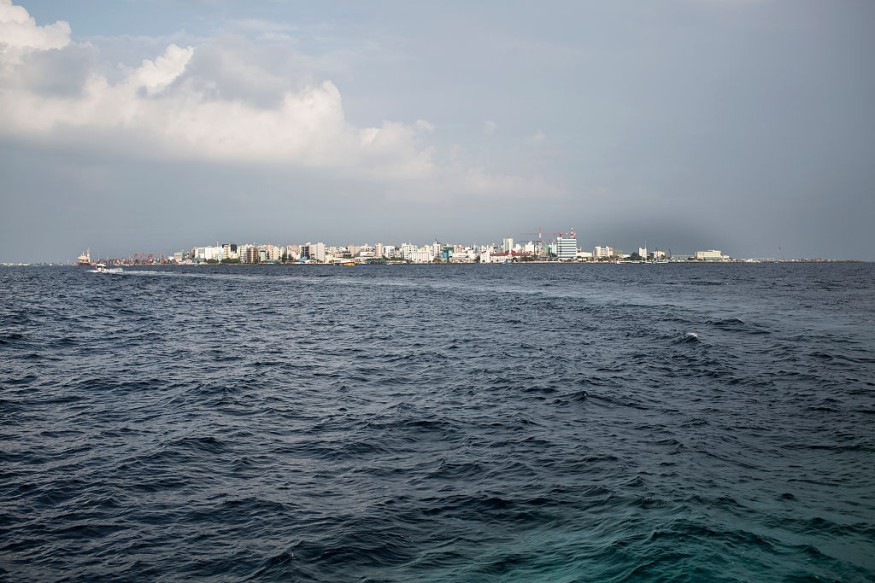According to recent research, just 15.5% of the world's coastal regions are biologically intact, requiring immediate conservation actions to conserve what is left and rehabilitate locations that have been damaged.

Untouched Coastlines
The study, headed by the University of Queensland academics, examined the extent to which human activities have encroached on coastlines throughout the world using satellite data.
It discovered that few entire coastlines remained until 2013, the most recent year for which data was available, with even remote areas like Western Australia's Kimberley region being impacted by fishing and mining.
The study, published in the journal Conservation Biology, draws on prior studies that looked at human activities in terrestrial and marine ecosystems.
Related Article : Only 3% of the World's Ecosystems Still in Pristine Conditions
How They Remained Pristine

The tiny coastal areas that have escaped the effects of fishing, agriculture, urban development, mining, and roadways are mainly in Canada, with Russia, Greenland, Chile, Australia, and the United States following closely behind.
In island nations, including much of Europe, and countries such as Vietnam, India, and Singapore, there were few undamaged areas and often severe degrees of degradation.
The highest human pressure was seen in coastal areas with seagrasses, savannah, and coral reefs.
Dire Need for Rehabilitation
Because most of the world's population lives in coastal locations, the stresses on those ecosystems may take various forms and occur both on land and at sea, according to Brooke Williams, the study's primary author and a conservation ecologist at the University of Queensland.
"Our report makes a strong case for coastal region rehabilitation," she stated. "It's concerning that such a small percentage is on the higher end of the intactness scale. The news isn't good."
She said that the situation has not changed since 2013.
Measuring Activities
The human footprint (which looked at land-based ecosystems) and the cumulative human pressure index were used to create the coastal analysis (which examined pressures in marine environments).
The pressures were then mapped out to a distance of 50 kilometers on both sides of the shoreline.
Areas that were still fully intact, according to Williams, were generally more distant, and hence more difficult to visit.
The Great Australian Bight remained relatively unspoiled in Australia, but Williams warned that it had been threatened by development in recent years.
According to co-author James Watson of the University of Queensland, remoteness does not ensure that coasts would remain pristine, citing mining and, in particular, fishing as businesses that are driving environmental loss in such areas.
He claimed that he had anticipated Madagascar, Namibia, and northern Australia to all have vast stretches of unbroken coastline, but this had not always been the case.
"It astounds me how widespread fishing is. It's all over the place," he stated. "You can't escape it. You can observe fishing impacts in these distant parts of the earth."
Awareness

Protecting the world's coasts, according to the researchers, would need a variety of actions, including laws to safeguard entire areas and restoration efforts to rehabilitate those that have been deteriorated.
Watson said that we have to expand the places that are protected,and in badly degraded areas, we need to have a much greater restoration program.
For more news about Environmental Action, don't forget to follow Nature World News!
© 2026 NatureWorldNews.com All rights reserved. Do not reproduce without permission.





